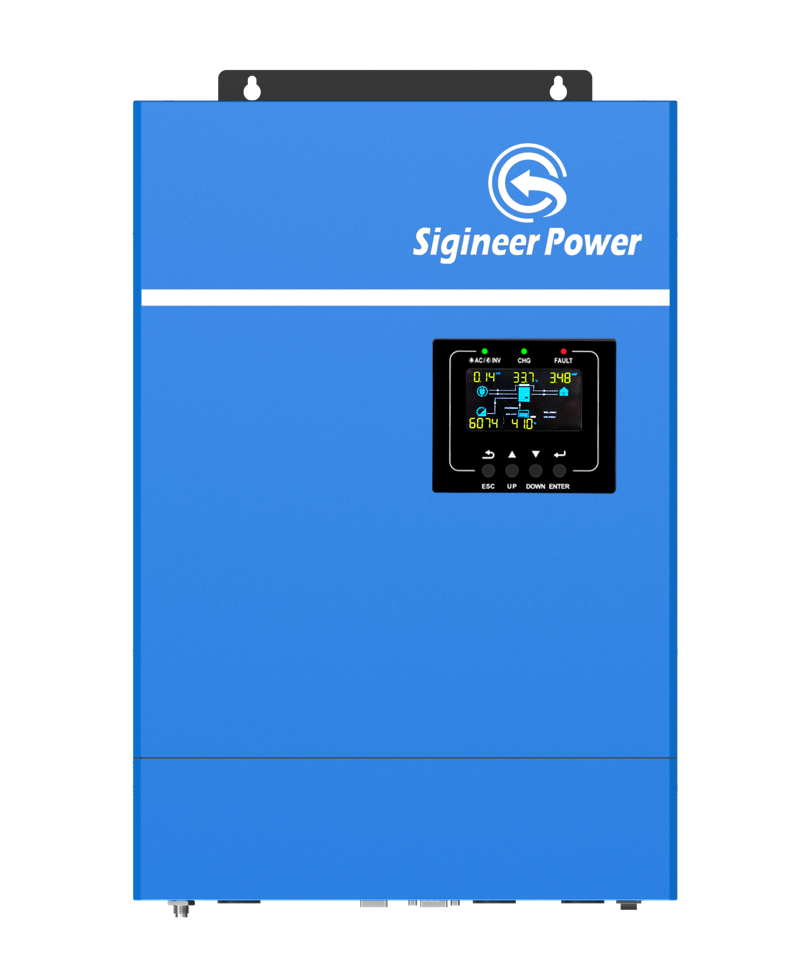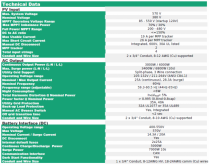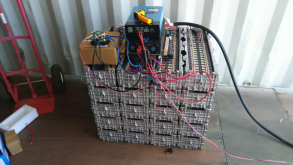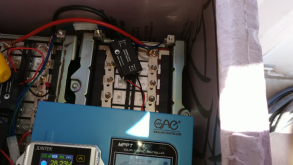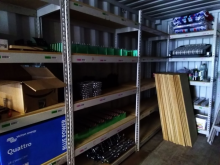Samsonite801
Solar Wizard
- Joined
- Oct 15, 2020
- Messages
- 2,988
I also stumbled across these models as well which is 5.5kW, possibly based on similar design as the other one linked to above..

405.97US $ 25% OFF|EASUN POWER Soalr Inverter 5500W MPPT 100A 500VDC PV Input 220VAC 48VDC 5.5KW Pure Sine Wave hybrid inverter With WiFI|Inverters & Converters| - AliExpress
Smarter Shopping, Better Living! Aliexpress.comwww.aliexpress.com

405.0US $ 19% OFF|5.5kw Solar Inverter Ac 220v Dc 48vdc Mppt 100a 500vdc Pv Input 5500w Pure Sine Wave Hybrid Inverter With Wifi - Inverters & Converters - AliExpress
Smarter Shopping, Better Living! Aliexpress.comwww.aliexpress.com
Reading the manuals found here for the EASun model, it indicates battery-less operation in the brochure, and cold-start inverter function but doesn't really talk about using battery-less mode in the manual or if there is special setting to enable or what...
http://www.easunpower.com/Products/Off-Grid/500Vdc_Solar_Inverter/231.html > click on Downloads tab to see manual and brochure download links.
I know plugoutpower.com guy seems to be using the similar inverter to the red colored one posted before, and those seem to operate battery-less or with battery, and cold-start function too, so it seems these are main needed features. Perhaps could try pinging EASun and asking them if they can provide any details about cold-starting the inverter on PV-only input only (with no battery, and no grid input AC power)...
Theoretically it should work, but again, is this a common way people use these things? Just keep in mind you are the beta tester here.
Actually, I just noticed now, the AliExpress auction information for the EASun seems to indicate it is perfectly fine to run PV input only and battery-less mode operation at same time (upper-left scenario):
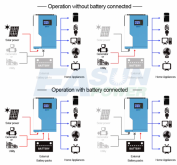
They also look like they only support 230v single phase, no split phase, would have to add a separate center tap transformer to get 120v too...
Last edited:



